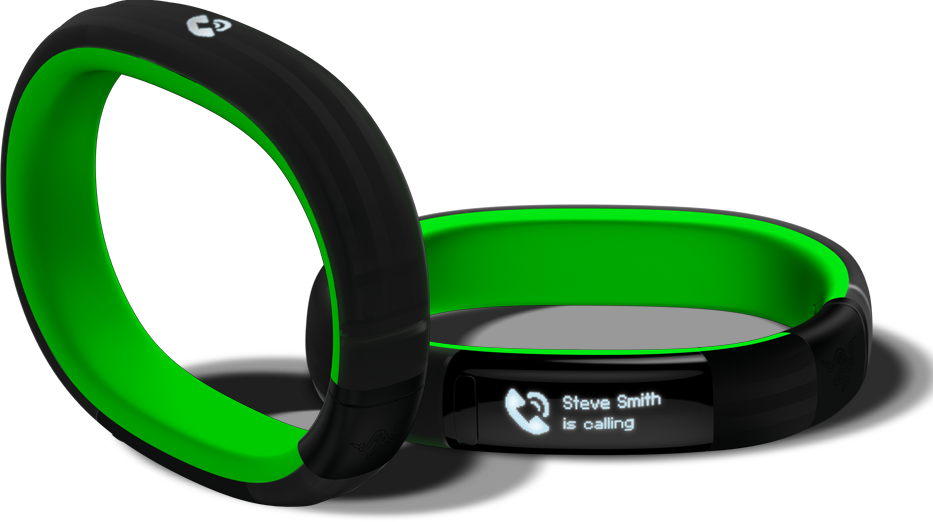27 Jan 2014
By Belle
Quantified Self weekly links: Tracking with the iPhone 5S and the limitations of Quantified Self

1. What’s the true value of your personal data?
If you're worried (or just curious) about how much data is being collected about you and what could happen to it, this article gives a run-down of a few ways it might be used. It also highlights some services who want to help you sell your data. That's right: make money off your data.
Take the example of Federico Zannier, who took the value of personal data into his own hands and set up a Kickstarter project to sell all of his personal data, which is around 70 websites, 500 screenshots, 500 webcam images; a recording of all of his mouse cursor movements, GPS location and an application log. All for $2 per day.
... the campaign’s $500 goal was far surpassed and ended up raising more than $2,700 before it closed, showing there is clearly a demand.
2. Quantified Self to Essential Self
I'll let the quotes from this article speak for themselves:
The Essential Self is that pure sense of presence — the “I am.” The Essential Self is about our connection with our essential nature. The physical body, our senses and feelings are often responsive to our behaviors, to others, and to activities in ways to which we fail to attend.
QS and Essential Self movements both offer value. The question is: in what contexts are the numbers more helpful than our senses?
3. How the iPhone 5s measures up as a fitness tracker
I have to agree with most of this assessment. The iPhone 5S and its M7 motion coprocessor can be a good replacement for a dedicated fitness tracker, but there are some trade-offs to be made:
If you are disciplined enough to keep your iPhone with you or are already accustomed to tracking your exercise using your iPhone, then the iPhone 5s with its M7 motion coprocessor is a wonderful replacement for a fitness tracker. You stand to lose some of the non-exercise movement like housework, but when exercising, step counts and mileage are as accurate as a dedicated fitness tracker.
Kelly tried a Fitbit Force and a Jawbone UP24, but she failed to mention that the UP24 doesn't have a display:
When you have a fitness tracker slapped on your wrist, you are constantly reminded of your need to move. Just a glance at the Fitbit Force, and I am tapping on the button to check my step count for the day. If I see that I am below my goal, then I will take the time to hop on the treadmill for a quick run.
The UP24 requires opening the UP app (and syncing if it's not up-to-date) to see your current steps progress. Since switching from an original UP to a Fitbit Force last week, I've found the difference in having a display on my device is huge—I too tap the button often to check my stats.
4. The Quantified Self meets The Urban Datasexual
Yet another blog post pointing out the limitations of Quantified Self and lumping all self-trackers into a narcissistic stereotype bundle. Some good points in amongst all that, though. For example:
In the real world, the world occupied by the cardiac patients I hear from and meet and write about each day, embracing the whizbang technology of tracking our lifestyle data can loom large as yet another task on an already overwhelming To Do list.
5. Self-tracking tech revolution? Not so fast…
From the same author as #4, this post points out an example of the common issue with media reports of research: a report from the Pew Research Center’s Internet & American Life Project on self-tracking lead to media headlines that said 69% (or "over two thirds") of people track health metrics about themselves.
It failed to explain that only 21% of people in the study reported using technology to track their health metrics, and many of those 69% simply track data by memory.
The article also included this spot-on quote from David E. Williams:
Until we get to really smart, passive devices, which will take a decade or more, you should expect to see successive editions of the Pew report saying more or less what this one says.
6. Nabu: A smartband by Razer

Gaming company Razer has developed a smartband complete with dual screens for notifications, programmable gestures and fitness tracking. It also has gamification options to help you reach your goals and social features to help you connect with other Nabu wearers.
Pricing and availabiliy haven't been announced yet but hopefully this one isn't far away.
More:
- Fitocracy Group Fitness
- 138 days of David El Achkar's life, visualised in 15-min segments
Image credit: Brad Smith
Subscribe Keep up to date with the Exist blog. Delivered to your inbox.